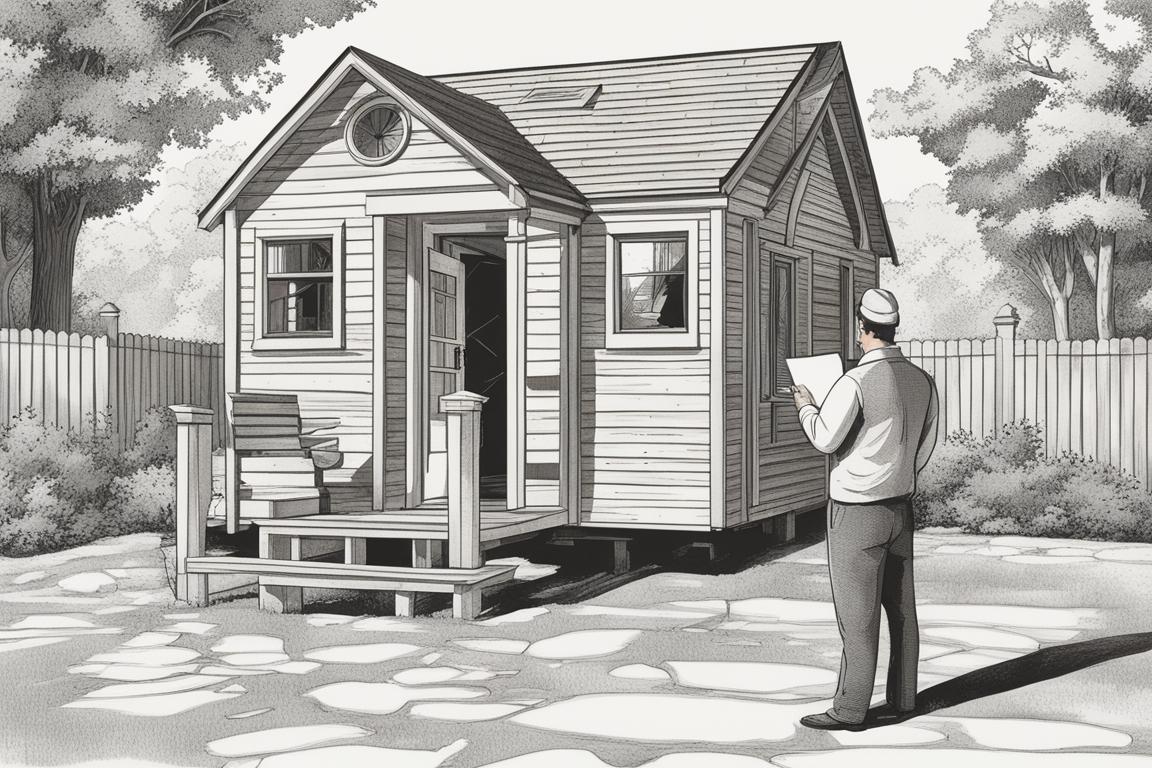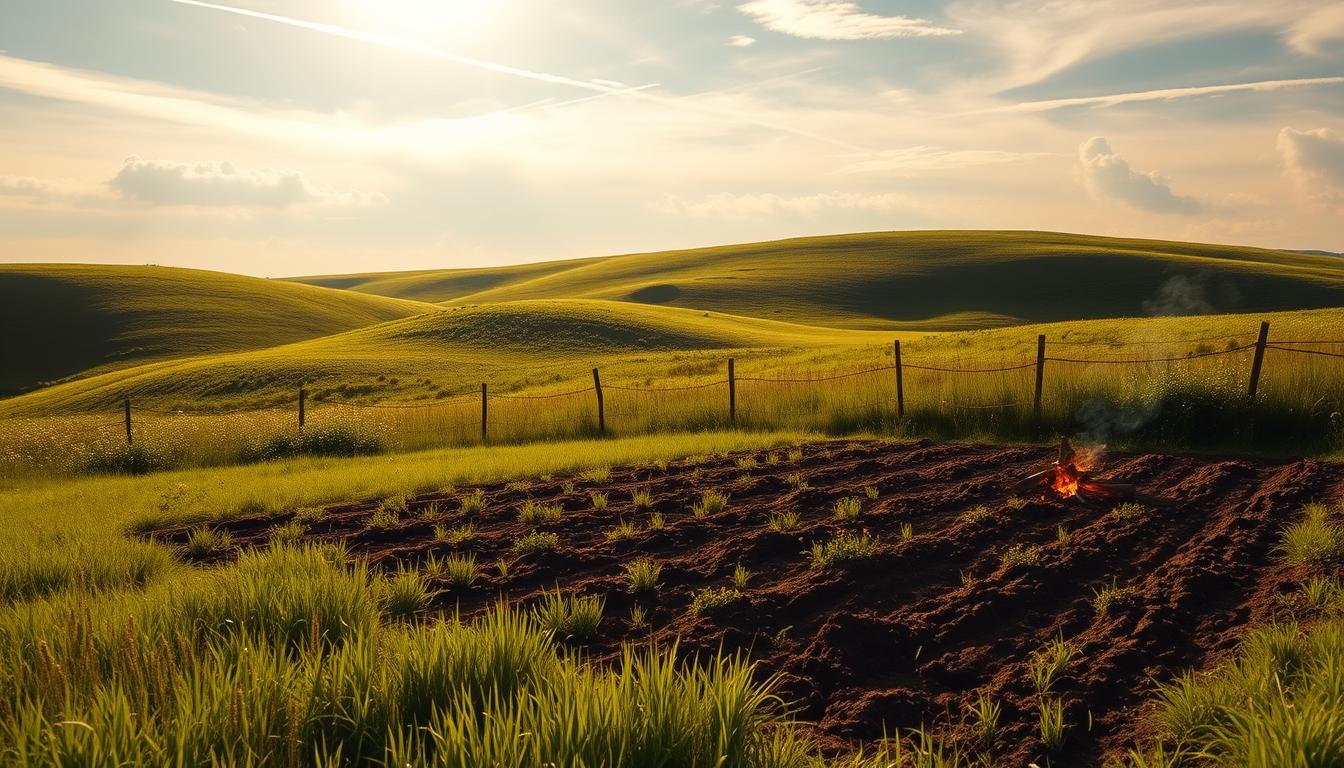Tiny houses have become a popular housing option, offering a minimalist and sustainable lifestyle for those looking for affordable and environmentally friendly living. These compact dwellings, typically ranging from 100 to 400 square feet, are increasingly seen as a creative housing solution. Many individuals are now exploring the idea of owning and parking a tiny house on their land to enjoy the benefits of this alternative living arrangement. If you’re considering this option, it’s important to understand the legal aspects involved in parking a tiny house on your property.
Learn About Parking a Tiny House on Your Land
- Yes, you can park a tiny house on your own land.
- Understand zoning laws, building codes, permits, land use restrictions, infrastructure needs, financial aspects, environmental impact, DIY vs. professional help, and building community for successful tiny house parking.
- Emphasizes research, planning, compliance, and next steps for a smooth process.
Exploring the Legality of Parking a Tiny House on Your Land
Understanding Zoning Laws and Regulations
Local Zoning Laws
When it comes to parking a tiny house on your land, one of the key considerations is complying with local zoning laws. These laws govern land usage and construction regulations, and they vary by location. Understanding and adhering to these laws is crucial to legally park a tiny house on your property.
Variability in Zoning Laws
Zoning laws can vary not only between states but also within counties and municipalities. Some areas may have specific regulations for tiny houses or accessory dwelling units, while others may have restrictions that make it challenging to park a tiny house on your land.

Compliance Importance
Failure to comply with zoning laws can lead to fines, penalties, or even the removal of the tiny house from your property. Before deciding to park a tiny house, it’s essential to research and understand the zoning laws in your area.
Navigating Building Codes and Permits
Building Permits
In addition to zoning laws, obtaining the necessary building permits is essential when parking a tiny house on your land. Building permits ensure that your tiny house meets safety and quality standards required by local authorities.
Compliance with Building Codes
Tiny houses must adhere to building codes covering structural integrity, electrical systems, plumbing, and fire safety. Meeting these codes is not only crucial for safety but also for legal compliance.
Real-life Example: Navigating Zoning Laws Successfully
Meeting the Zoning Requirements in Practice
I had always dreamed of living in a tiny house to embrace a minimalist lifestyle. After finding the perfect spot for my tiny house, I encountered numerous zoning laws that seemed overwhelming at first. However, by diving deep into the local regulations and seeking guidance from zoning officials, I was able to understand the specific requirements for placing my tiny house on the property.
One key lesson I learned was the importance of patience and persistence when dealing with zoning laws. By attending town hall meetings and engaging with the community, I gained valuable insights into the intricacies of the regulations. Through this process, I was able to navigate the zoning laws successfully and obtain the necessary permits to legally park my tiny house on my land.
This real-life experience taught me that with thorough research, proactive communication with local authorities, and a willingness to adapt to the requirements, it is possible to overcome zoning challenges and fulfill your dream of living in a tiny house.
Specific Tiny House Regulations
Some areas have specific permits and codes tailored to tiny houses, recognizing them as a distinct housing option. Familiarize yourself with these regulations to navigate the process smoothly.
Dealing with Land Use Restrictions
Common Restrictions
Land use restrictions, such as setbacks, lot coverage limits, and dwelling quantity limits, can affect your ability to park a tiny house on your land. Understanding and addressing these restrictions is essential.
Additional Regulations
If your property falls under homeowners’ association rules, historic district regulations, or environmental restrictions, you may need further approvals to park a tiny house. Reviewing these regulations beforehand is crucial.
Strategies for Compliance
Navigating land use restrictions may involve working with local authorities, seeking variances, or obtaining special permits. Effective communication and presenting your case can help overcome these challenges.
| Consideration | Description |
|---|---|
| Utility Connections | Plan for connecting water, electricity, and sewage systems to ensure a comfortable living environment. |
| Infrastructure Assessment | Evaluate property’s infrastructure requirements to determine if it can support a tiny house effectively. |
| Ensuring Comfortable Living | Access to essential utilities and infrastructure is vital for creating a comfortable living space in a tiny house. |

Infrastructure and Utilities Considerations for Tiny House Parking
Managing Utilities and Infrastructure
Utility Connections
Before parking a tiny house on your land, plan for connecting water, electricity, and sewage systems to ensure a comfortable living environment. Consider the logistics and costs of these connections.
Infrastructure Assessment
Evaluate your property’s infrastructure requirements to determine if it can support a tiny house. Upgrades or installations may be necessary to accommodate your tiny house effectively.
Ensuring Comfortable Living
Access to essential utilities and infrastructure is vital for creating a comfortable living space in your tiny house. Proper planning and preparation can enhance your overall living experience.
Financial and Insurance Aspects of Parking a Tiny House on Your Land
Financial and Insurance Considerations
Ownership Costs
Owning a tiny house entails ongoing costs like maintenance, utilities, property taxes, and potential rental income if you decide to rent out your tiny house. Consider these expenses beyond the initial purchase or construction.
Budgeting for Expenses
Include permit costs, utility connections, and maintenance expenses when budgeting for parking a tiny house on your land. Planning for these costs can help you manage your finances effectively.
Insurance Protection
Insuring your tiny house and property is essential to safeguard your investment. Explore insurance options designed for tiny houses to protect against unforeseen events.

Environmental Impact and Sustainability in Parking a Tiny House
Embracing Environmental Responsibility
Environmental Benefits
Tiny houses offer environmental advantages such as reduced energy consumption, a lower carbon footprint, and sustainable living practices. Embrace these benefits as part of your commitment to eco-friendly living.
Sustainable Practices
Incorporate eco-friendly practices like solar panels, composting toilets, and rainwater harvesting systems into your tiny house living. These initiatives can further enhance the sustainability of your lifestyle.
Enhancing Sustainability
By making conscious choices in energy use, waste management, and material sourcing, you can improve the sustainability of your tiny house living experience. Small changes can make a significant difference to the environment.
DIY vs. Professional Help for Parking Your Tiny House
Choosing Between DIY and Professional Assistance
Pros and Cons of DIY Approach
Opting for a do-it-yourself (DIY) setup offers creative freedom and potential cost savings. However, it requires time, skills, and knowledge of construction practices.
Professional Support
Engaging professionals for design, construction, and legal compliance can streamline the process of parking a tiny house on your land. Consider the expertise and experience professionals bring to the project.
Utilizing Resources
Whether you choose a DIY approach or seek professional help, leverage resources like online tutorials, workshops, and consultations to enhance your knowledge and skills in parking a tiny house on your land.
Building Community and Support Networks for Tiny House Owners
Establishing Connections within the Tiny House Community
Community Engagement
Joining the tiny house community provides valuable insights, support, and camaraderie with like-minded individuals. Connect through online forums, social media groups, or local meetups to share experiences and gain advice.
Support Networks
Engage with other tiny house owners to build a supportive network that can help you navigate challenges and celebrate successes in your tiny house journey.
Accessing Resources
Take advantage of online forums, social media groups, workshops, and events focused on tiny house living to expand your knowledge, connect with experts, and stay informed about developments in the tiny house community.
Common Questions
Who can park a tiny house on their own land?
Anyone who owns land can typically park a tiny house on it.
What are the regulations for parking a tiny house on your land?
Regulations vary by location, but often include size restrictions.
How can I find out if I can park a tiny house on my land?
Contact your local zoning or planning department for guidance.
Is it difficult to get approval to park a tiny house on my land?
It can be challenging due to zoning laws and permits required.
What if my land is too small to park a tiny house?
You may need to explore alternative locations or consider downsizing.
How can I ensure I am complying with all laws and regulations?
Consult with a legal professional or local authorities for guidance.
With a Master’s degree in Urban Planning and over a decade of experience in land use regulations and zoning laws, Grace Evans is a seasoned expert in navigating the complex world of housing regulations. Their research, which has been published in reputable journals such as the Journal of Urban Planning and Development, has delved into the nuances of tiny house parking regulations and compliance. Drawing on their extensive knowledge of building codes and permits, Grace Evans has successfully assisted numerous individuals in meeting zoning requirements for their tiny homes. Their practical insights, backed by real-life examples and case studies, offer invaluable guidance on how to legally park a tiny house on your land while ensuring compliance with local laws.










